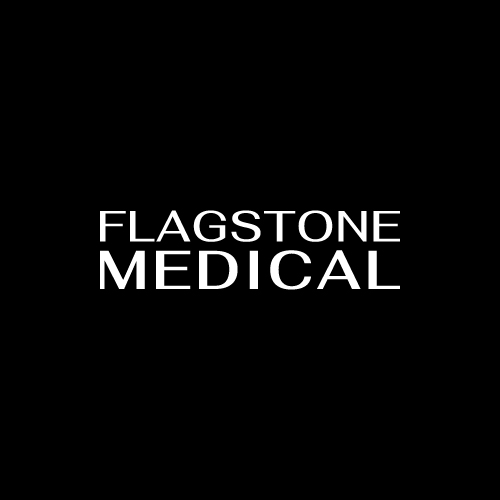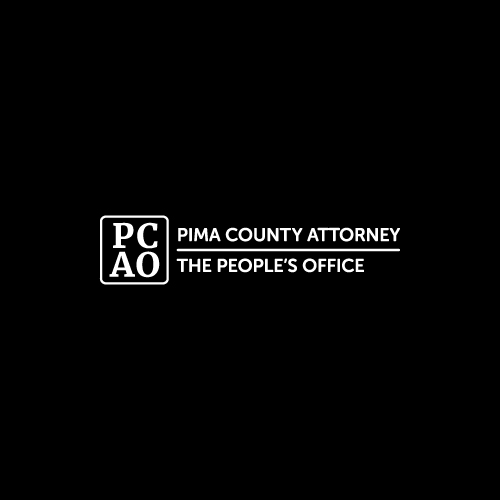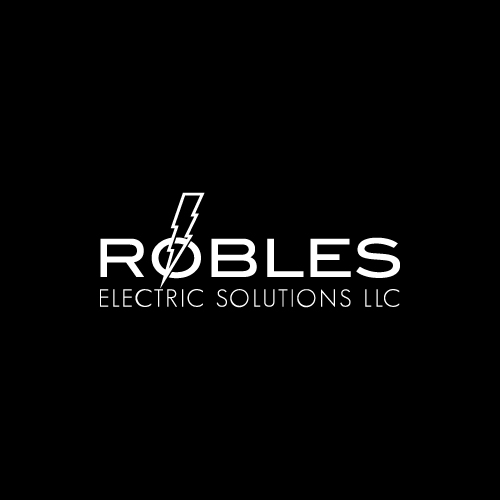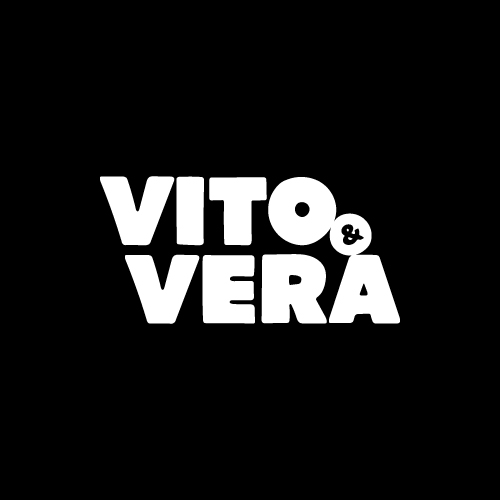Search engine optimization, or SEO, is the act of optimizing your website to be better crawled, understood, and trusted by search engines. One does this in an effort to obtain that coveted page one ranking for keywords related to one’s business offerings. Since 94% of clicks go to web pages that reside on page one, it is no secret that your website should be there.
So how do you “optimize” your website? In this series of articles, we will be covering the most important ranking factors for 2019 that get your website noticed by search engine bots. You will learn what holds the most weight and why, as well as some “how to’s” if you are managing your own website.
NOTE: Keyword research is the most important part of a successful SEO campaign. To learn more about keyword research, read this article first.
We’re going to start with something we think is one of the most important first steps, and that is on-site SEO. Here are a few of the major page-level elements that can help your website rank better in the search engines.
Title tags
Title tags, or meta titles, are the 60 (+/-) character headlines that you see in the search engine results pages (SERPs). Google can pick whatever it wants to display there, especially if you haven’t designated anything of substance for the title tag. But if you do write a title for each page, Google will often use it.
Using your target keyword in the title will help boost your site ranking for that keyword in the searches. Even more so if your keyword is closer to the beginning of the title or the very first word.
That said, titles should be written for the user instead of the bot. The title can’t just be a bunch of keywords or jibberish. It should be written to hook or entice the user to click on your link. Getting to page one is half the battle. You still need to be more attractive than the other 9 organic listings, a few search ads placed above you, and possible map listings.
PRO TIP: If you use WordPress, install the Yoast plugin to help you write your titles and other on-site SEO elements. Check out this video to get a quick rundown on how to use Yoast.

Meta Description
Your meta description is the few lines of text that appear on the SERP right below the meta title. Though Google doesn’t use the meta description tag as a direct ranking signal, it can affect your rankings indirectly. The meta description should support the title above it by giving more description of what the user should expect when they click on your link to your site. If the description is poorly written, random text from the page, or worse, HTML shortcode, you will have a lower click-through rate and/or a higher bounce rate. Now both of those metrics will affect your website ranking.
It is a good idea to use your keyword or phrase in your meta description even though Google doesn’t see it as a ranking signal. It still helps show your user the relevance of your content to their search.
H tags
Header tags are like a second title tag but for your content. Header tags are coded using h1-h6, where h1 holds the most weight in the hierarchy and h6 holding the lowest. Using your keyword(s) in h1 tags acts as a secondary relevancy signal for Google bots. The higher the h tag you incorporate your keywords in, the more Google trusts that the content in your site will better match what the user is searching for.
PRO TIP: Don’t forget to always write your content, including your titles, for your user, not for search engines. Google algorithms will notice if your content isn’t readable and not rank you as high because of it.
Keyword Density
Keyword density is referring to the number of times that your keyword or phrase appears in your text content. There is no specified ratio from Google for keyword density but Yoast recommends about .5% for good on-site SEO. This helps confirm even more to Google bots what your page is about.
Personally, I feel that using your keyword (depending on what it is and the content it is placed within) can only be used organically in your content 3-4 times tops. Never compromise your content to add your keyword in more places. Overusing your keyword can/will certainly hurt your rankings rather than help it.
Content length
“Content is King” – This has been a phrase passed around the SEO community for a few years now and it couldn’t be more accurate today. Google is looking for expertise and authority to serve its users. By writing more content that is relevant to a concise page topic, Google sees your web page as possibly stronger information to serve than a site that is mostly images or blurbs. More words can cover a topic in more depth while a lower word count article or page looks superficial. In a recent industry study, Backlinko found that the content length was directly correlated with the SERP position.
Google is looking at so many other things on your website, but these are the main and easiest things that you can examine and correct on every page of your web pages. Like I said before, using Yoast for WordPress will help a ton with most of your on-site SEO writing. We will dive further into some more technical on-site factors in the next article like page load speed, minified code, caching, etc.
Until then, just remember to always write all of your visible content for your user and not for the search engine bots. With Google’s Hummingbird update, the algorithm goes beyond keywords and is actually looking at the readability and natural language used in your content. If it is not coherent or riddled with undefined jargon, you will get dinged. Plus, ranking your website is only one half of the battle in getting new clients or customers. Your user still has to feel comfortable or moved to contact you. That isn’t going to happen with keyword-stuffed content that doesn’t answer your user’s questions.
As always, let us know in the comment section below or call your local Tucson SEO expert if you have any questions or help setting up your website to get higher rankings in Google!









